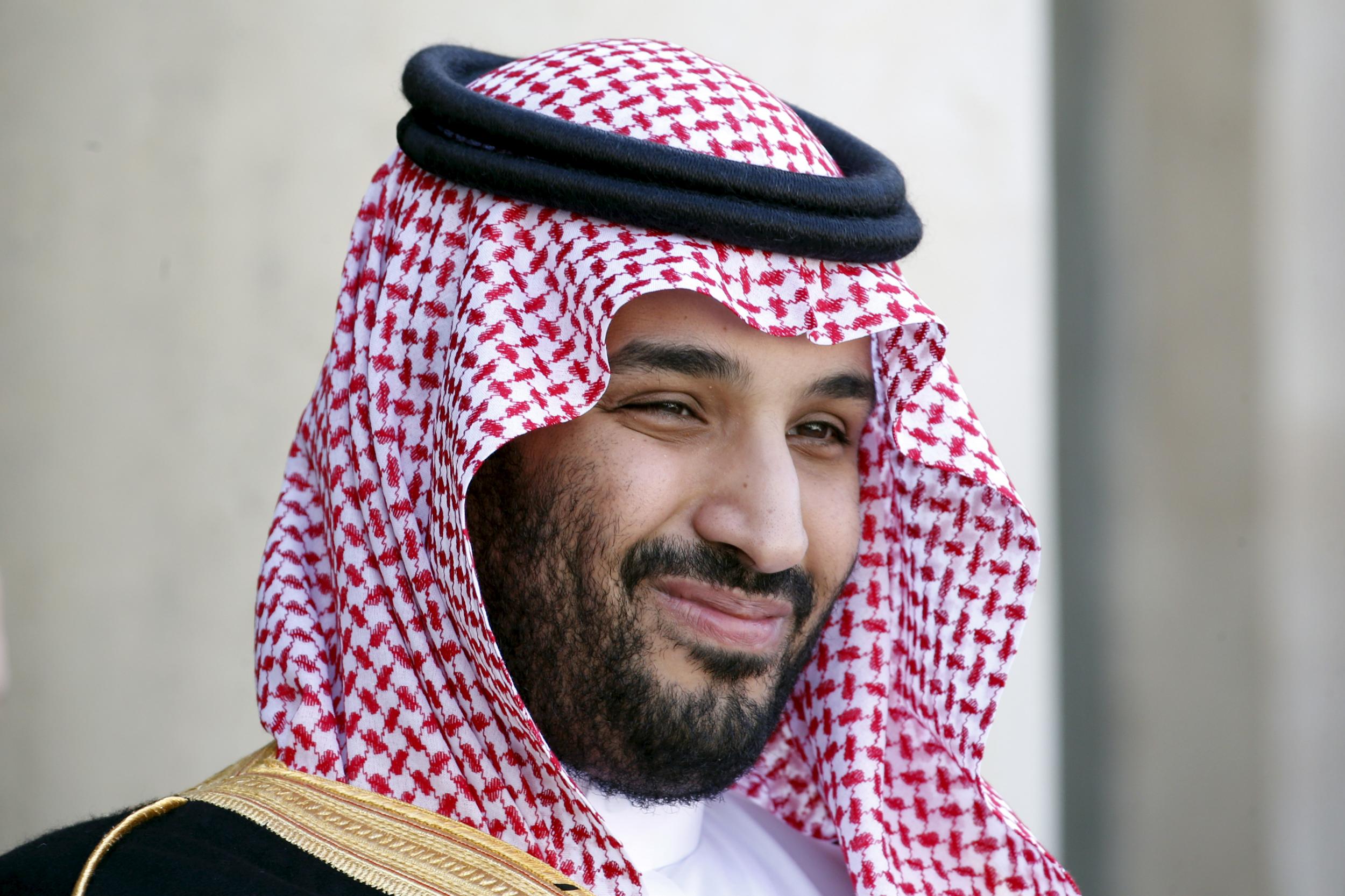Mohammed bin Salman: Who is Saudi Arabia's new Crown Prince?
King Salman replaces nephew with son as new heir to the throne in move symbolising quickening pace of change in the conservative kingdom as well as hardening stance towards Iran

Your support helps us to tell the story
From reproductive rights to climate change to Big Tech, The Independent is on the ground when the story is developing. Whether it's investigating the financials of Elon Musk's pro-Trump PAC or producing our latest documentary, 'The A Word', which shines a light on the American women fighting for reproductive rights, we know how important it is to parse out the facts from the messaging.
At such a critical moment in US history, we need reporters on the ground. Your donation allows us to keep sending journalists to speak to both sides of the story.
The Independent is trusted by Americans across the entire political spectrum. And unlike many other quality news outlets, we choose not to lock Americans out of our reporting and analysis with paywalls. We believe quality journalism should be available to everyone, paid for by those who can afford it.
Your support makes all the difference.The king of Saudi Arabia has appointed his son Mohammed bin Salman as crown prince, making him first in line to the throne at the expense of his nephew, Mohammed bin Nayef, a well known counterterrorism figure.
Prince bin Salman, 31, is currently deputy crown prince. The young royal – who has built his reputation as a bold economic reformer and for his hawkish foreign policy – will continue in his position as defence minister as well as become deputy prime minister in the new role.
He replaces his cousin Prince Mohammed bin Nayef, 27 years his senior, who was dismissed by King Salman by royal decree on Wednesday. The young prince is now by some stretch the second most powerful person in the kingdom – and if his ailing 81-year-old father dies, he will be the youngest king the modern state has ever seen.
To celebrate the appointment, King Salman ordered the reinstatement of all benefits and allowances for government employees that have been curbed by austerity measures, and granted additional days off for the upcoming Eid holiday at the end of Ramadan.
The appointment of such a young royal as the immediate heir to the throne efectively sets the tone for Saudi policy for decades; Saudi Arabia’s stock market was up by more than 3.5 per cent in mid-day trading on Wednesday.
Prince bin Salman’s rise has followed that of his father: King Salman ascended to the throne in January 2015 after the death of his half-brother Abdullah bin Abdul Aziz. Mohammed, previously in charge of his father’s royal court, has been rapidly promoted since then to various cabinet posts at the expense of those older or more experienced.
The young prince is widely seen as the face of modern Saudi Arabia. Unlike older generations of the Saudi royal family, he has embraced media attention, his image constantly on billboards and televisions. He is the driving force behind ‘Vision 2030’, the kingdom’s long term economic plan to wean itself off dependence on oil, and is popular for his reforms to the country’s ineffective state bureaucracy.
In his role as defence minister he has attracted criticism from older Saudis and internationally for his role in Saudi Arabia’s bloody intervention in the Yemeni civil war, as well as his aggressive stance on Iran. The prince is also regarded as one of the primary decision makers behind the recent Gulf states’ cutting of ties with Qatar.
But to younger generations, used to elderly kings and princes, the socially liberal Prince bin Salman’s rise is a sign that things in the conservative kingdom are changing.
Mohammed's younger brother Khaled, a former jet fighter pilot believed to be in his 20s, was also promoted to the prestigious role of US ambassador earlier this year. On Wednesday, another young prince, Abdulaziz bin Saud, 33, was named the new interior minister tasked with counterterrorism efforts and domestic security, replacing the former crown prince bin Nayef in the role.
58-year-old Prince bin Nayef – who headed domestic security for many years – is known for his tough stance on jihadi militancy and maintained good relations with the kingdom’s western allies, but has recently been seen less and less in the public eye.
Notably, Prince bin Salman accompanied a royal delegation on a March visit to Washington DC to meet President Donald Trump’s administration, while Prince bin Nayef did not.
The Saudis hailed the DC trip as a “historic turning point” in which the two countries discussed their common foe of Iran and cooperation in the fight against Isis. It also laid the groundwork for Mr Trump’s first trip abroad to Riyadh, where he reiterated his support for the US’ Saudi allies against their regional rival.
The new Crown Prince doubled down on the combative stance in comments made to state television in May, when he framed the tensions with Tehran in sectarian terms and vowed to “take the battle” to Iran.
Riyadh and Tehran are engaged in a number of proxy wars across the Middle East, backing opposing sides in the Syrian and Yemeni conflicts as well as political and religious rivals in Iraq, Bahrain and Lebanon.
Join our commenting forum
Join thought-provoking conversations, follow other Independent readers and see their replies
Comments